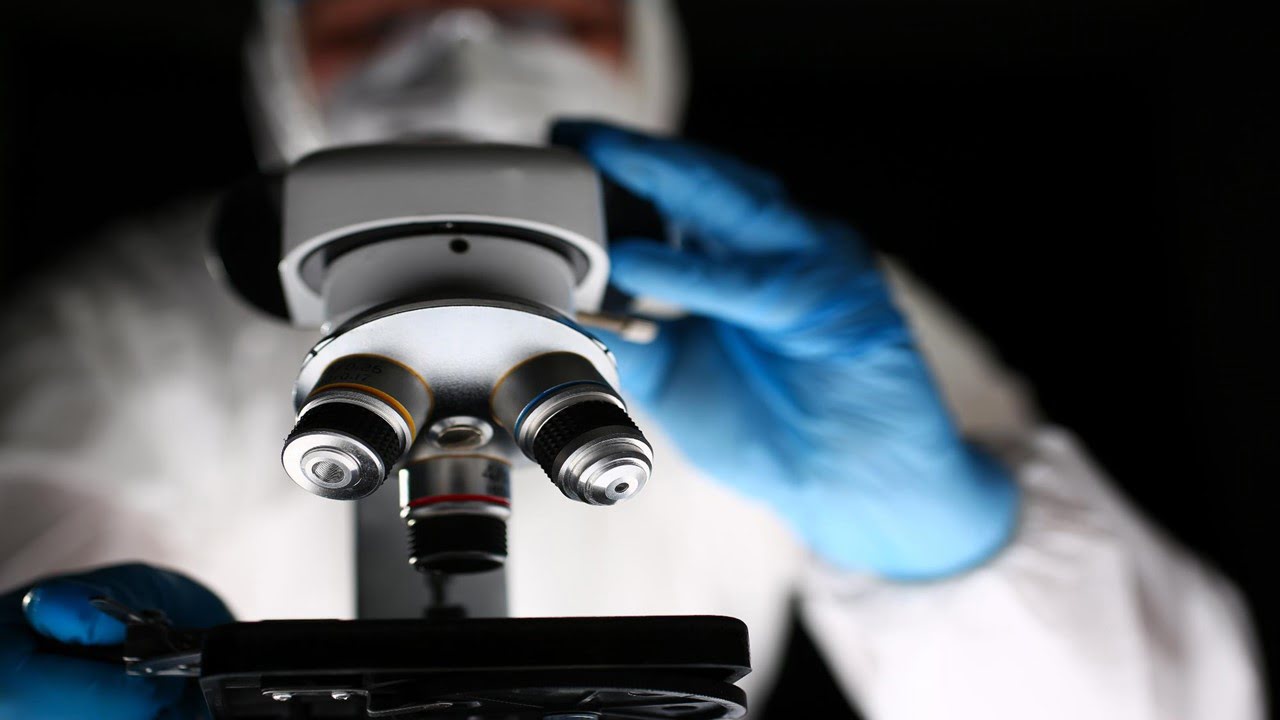
Scientists created a novel microscopy method called FLASH-PAINT, enabling researchers to see infinite distinct molecules inside a single cell. Imaging probes, also known as reagents, enable scientists to see minute features more clearly. Currently, imaging probes made of a single strand of DNA and a fluorescent dye are used in conjunction with an antibody to [..]
Read MoreHigh refractive index polymers (HRIPs) are the unsung heroes of modern optoelectronic devices, from phone displays to light sensors. However, current HRIPs are expensive and unfriendly to the environment. Researchers have developed a game-changer: poly(thiourea)s (PTUs). These new HRIPs are transparent, easy to make, and remarkably – recyclable! The secret lies in PTUs’ unique structure. [..]
Read More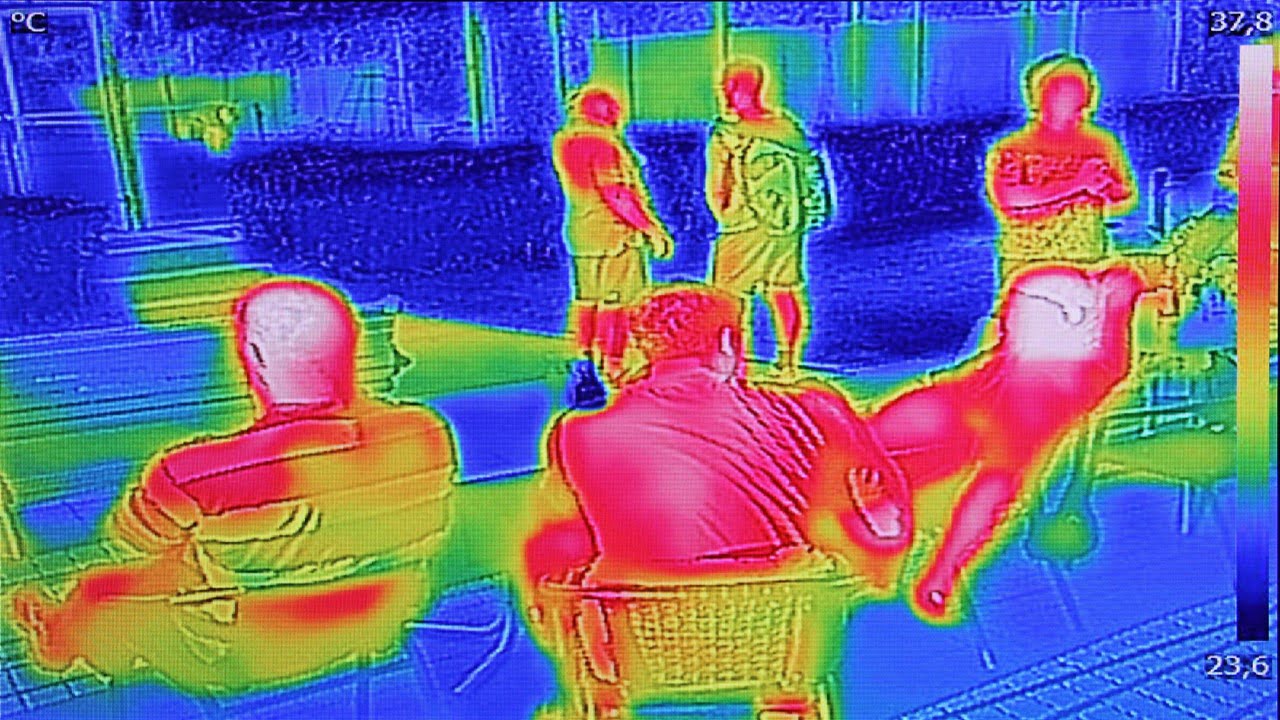
Long-wavelength infrared (LWIR) imaging is crucial for applications ranging from night vision to defense. However, conventional lenses for these systems are bulky, expensive (often made from germanium), and limit device design. Enter meta-optics: ultra-thin, lightweight alternatives based on nanostructured surfaces. While promising for size and weight reduction, meta-optics struggle with chromatic aberrations, where different wavelengths [..]
Read More
Imagine a lab where cutting-edge optics are used to crack the code of interstellar chemistry. This is exactly what’s happening at the Weichman Lab, where researchers use specialized high-resolution spectroscopy techniques to identify the building blocks of our universe. Funded by a new NSF grant, the lab is building a powerful tool to measure the [..]
Read More
Researchers describes an autonomous quantum heat engine built using a harmonic oscillator, a system that exhibits simple harmonic motion. Imagine a mass attached to a spring – that’s a harmonic oscillator. In the document, it is referred to as the working fluid, and it’s coupled to two heat reservoirs, one hot and one cold. The [..]
Read More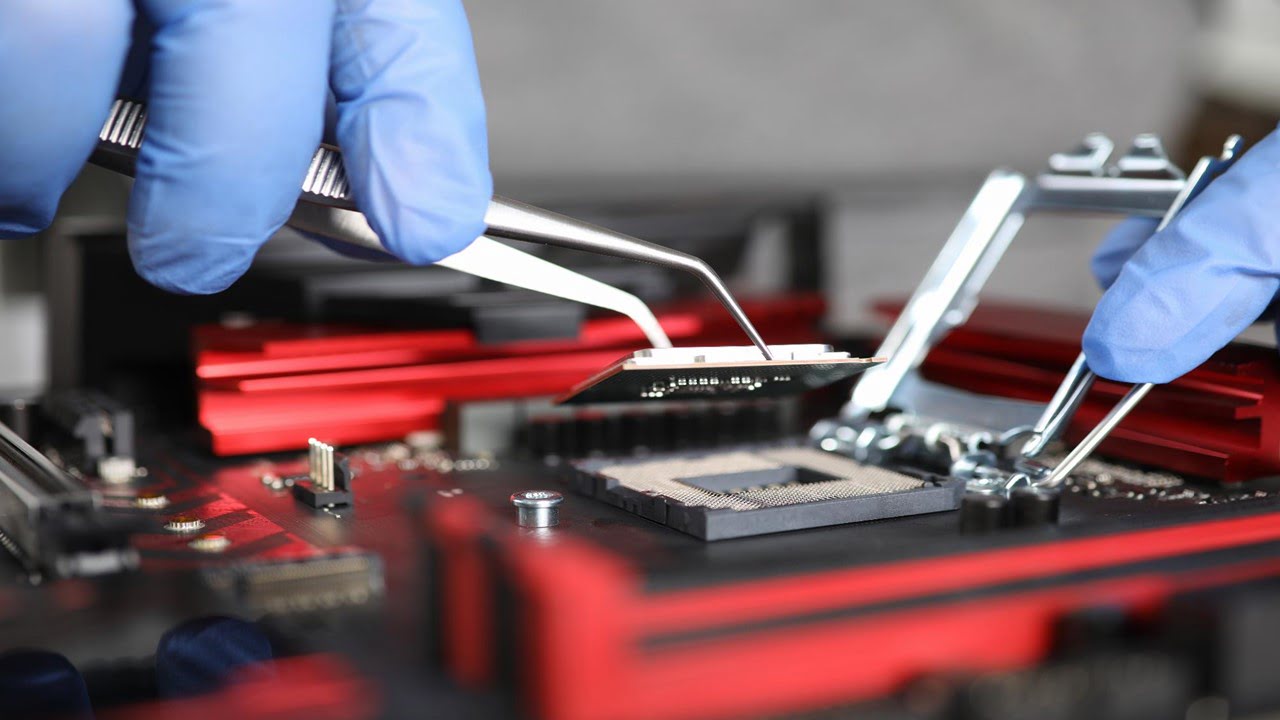
In optoelectronics, there is a constant push towards creating flexible devices. One key element in these devices is thin silver films. However, there is a trade-off between achieving high transparency and maintaining good electrical conductivity when reducing the thickness of these films. Researchers have developed a new process to create ultrathin silver films with high [..]
Read More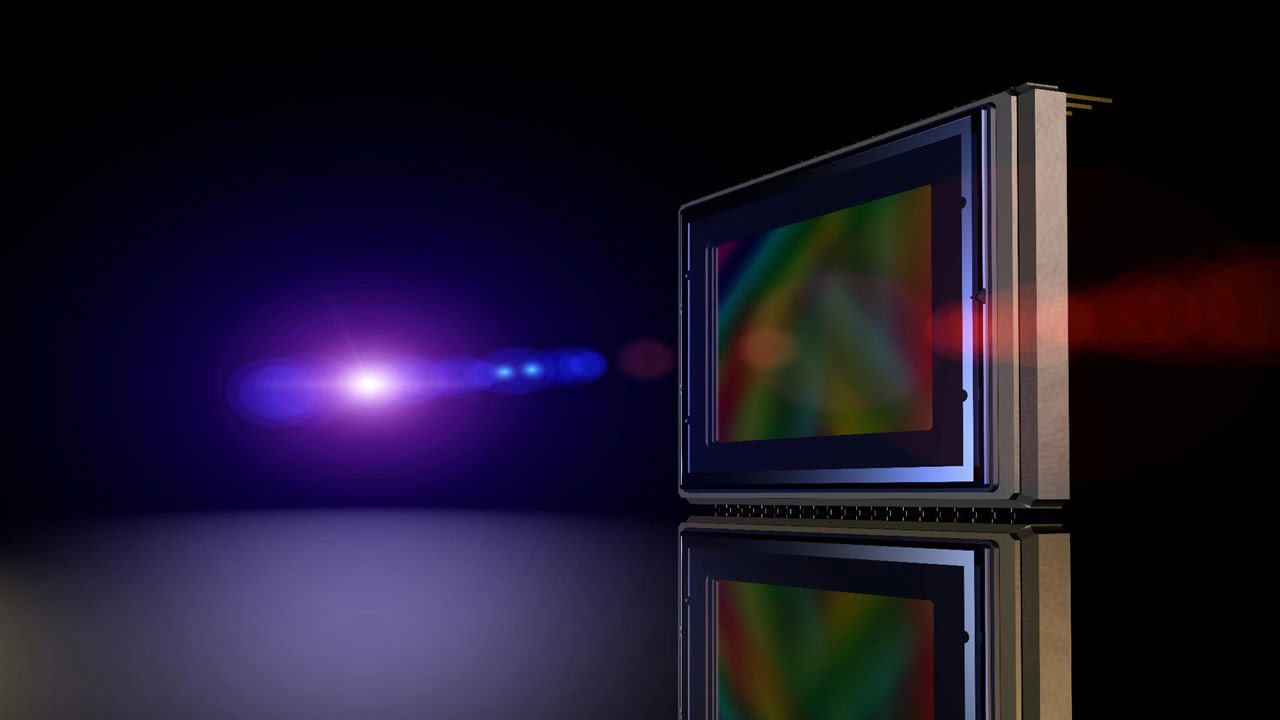
Optical sensors are crucial for scientific and technological advancements, from detecting faint signals for medical diagnostics to gravitational waves. A longstanding challenge has been improving their sensitivity to detect weak signals amidst noise. Researchers have developed a novel method to enhance the sensitivity of conventional optical sensors using exceptional points (EPs). EPs are specific conditions [..]
Read More
Researchers have created the world’s first dual-beamline photoelectron momentum microscope, which has completely changed micrometer-scale investigations of electron behavior. This state-of-the-art experimental facility is essential to materials research and device engineering because conventional photoelectron spectroscopy offers a profound understanding of solid-state electrical structure. It now uses two undulator beamlines as excitation sources. The current vacuum [..]
Read More
Researchers have developed a new imaging probe that utilizes sound waves to generate 3D images of cells. This breakthrough innovation has the potential to revolutionize disease diagnosis in the future. The probe is exceptionally small, enabling it to be inserted into the body for minimally invasive procedures. This minimally invasive nature of the probe makes [..]
Read More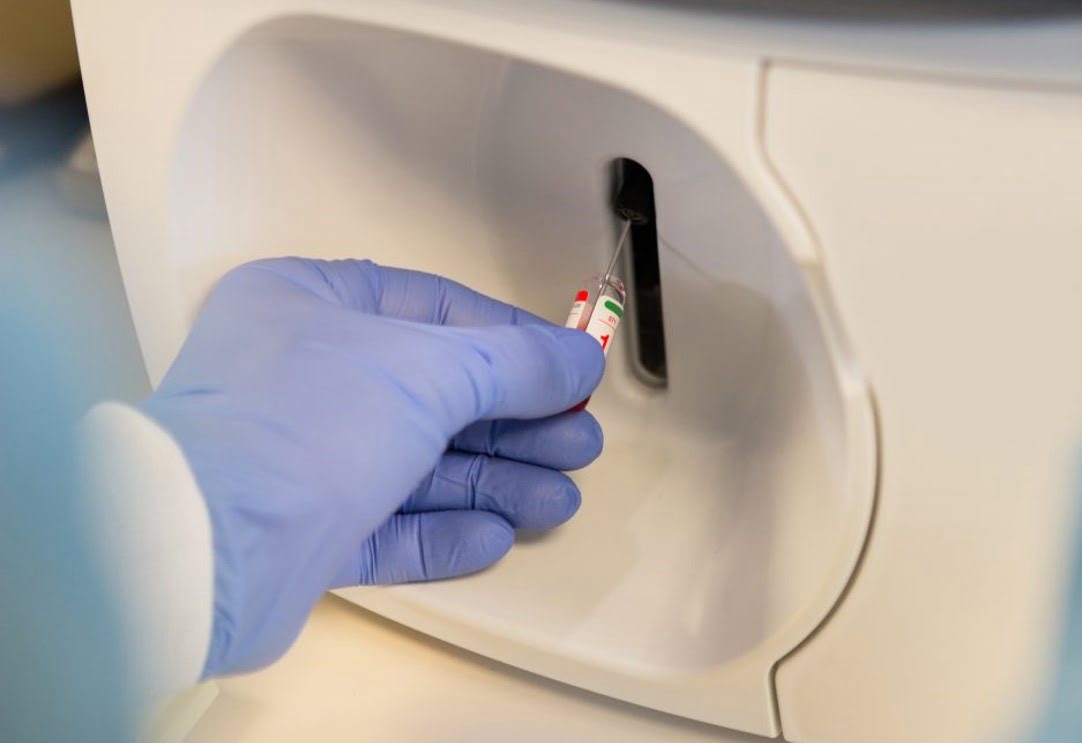
Researchers have taken a cue from nature’s most dazzling creatures to develop a new material that can change color quickly. Inspired by the rapid color shifts in creatures like squid and cuttlefish, these color-changing materials use tiny, light-manipulating structures to achieve a full spectrum of brilliant colors. The Challenge Existing color-changing materials often rely on [..]
Read More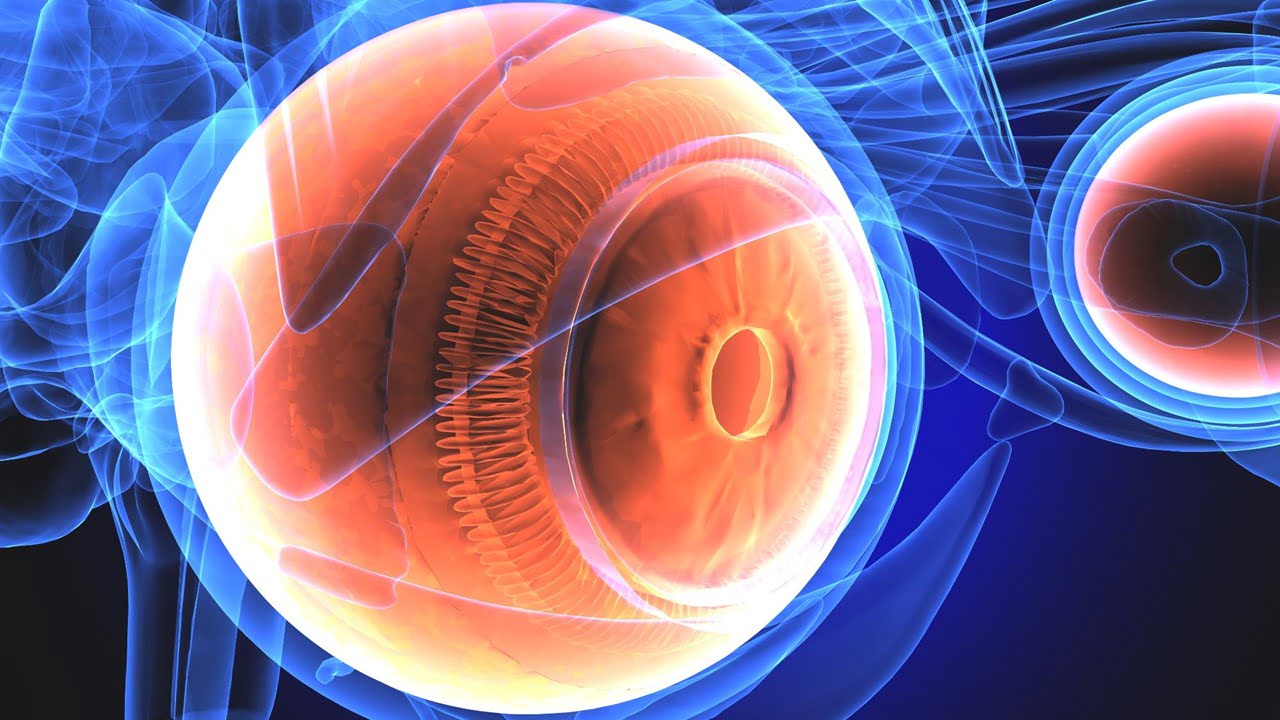
Adaptive optics optical coherence tomography (AO-OCT) has enabled in vivo cellular imaging of the human retina. This technology has excellent resolution but suffers from noise, making it difficult to see individual cells. However, because imaging noise (e.g., speckle) makes it difficult to see RPE cells from a single volume acquisition, many 3D volumes are typically [..]
Read More
Researchers have developed a new type of UV-emitting glass that could significantly hinder biofilm formation. Biofilms are colonies of microorganisms that can accumulate on submerged surfaces and cause problems in numerous fields. The trick behind this innovation lies in incorporating nanoparticles into the glass structure. These nanoparticles can scatter UV light throughout the entire material. [..]
Read More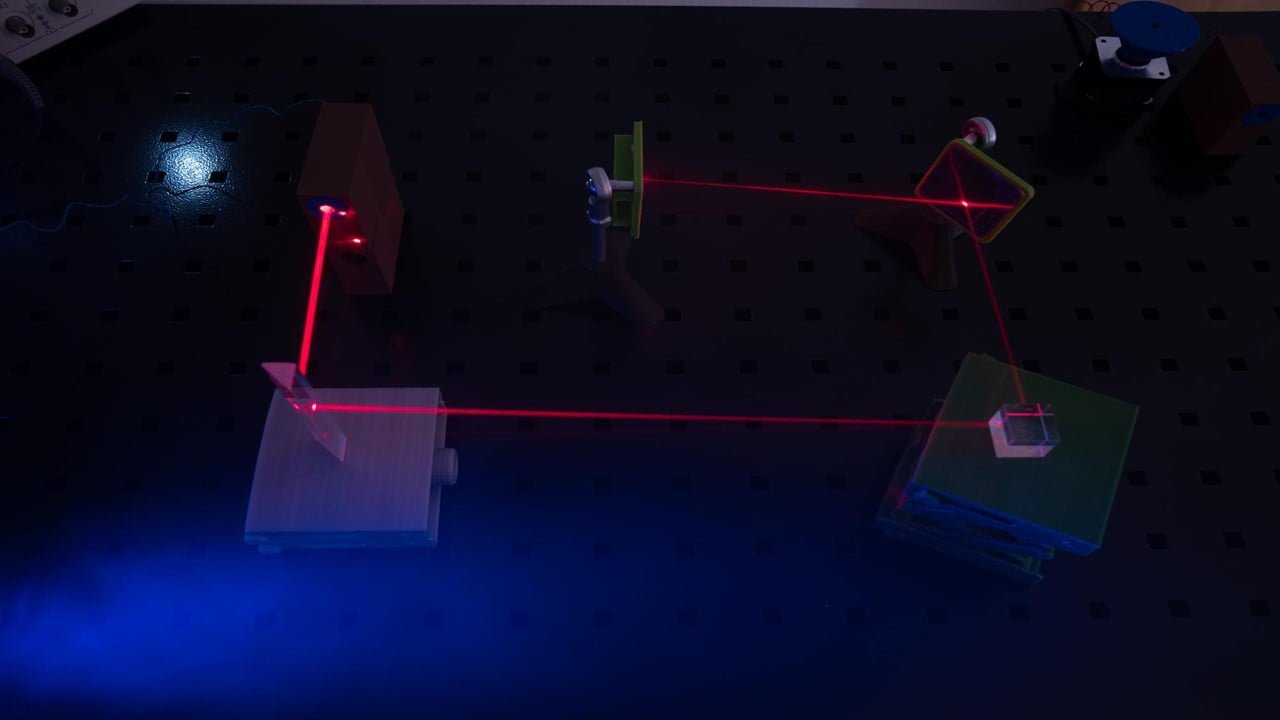
Researchers have developed a groundbreaking method to capture 3D snapshots of laser-wakefield accelerated electron bunches. This advancement is crucial because understanding the complex 3D structure of these bunches is essential for developing advanced applications like compact particle accelerators and brighter X-ray sources. The new technique expertly combines optical transition radiation (OTR) imaging, electro-optic (EO) spatial [..]
Read More
Scientists have devised a novel technique that employs liquid crystals (LCs) to manipulate light’s polarization, an essential characteristic for encryption, data storage, and augmented reality. The conventional method of vectorial holography, which includes adjusting light polarization and intensity, frequently uses metasurfaces or structures designed to regulate light waves. Though these metasurfaces are static, they don’t [..]
Read More
A new study investigates the possibilities of a unique pancake optics system for next-generation VR and MR displays. Augmented reality (AR), virtual reality (VR), and mixed reality (MR) have broadened our perceptual frontiers, allowing for more complex human-digital interactions than typical flat-panel displays. This has resulted in applications for smart education, healthcare, navigation, gaming, entertainment, [..]
Read More
Fingerprint scanners have become ubiquitous tools for personal identification. But how exactly do these devices translate your fingertip’s unique ridges and valleys into a recognizable signal? This article delves into the fascinating world of fingerprint scanner technology, exploring the interplay of light, electricity, and even sound waves to achieve secure user authentication. Fingerprint scanners employ [..]
Read More
New bioluminescent imaging technology has produced comprehensive images of oxygen movement in mice’s brains, allowing researchers to investigate forms of hypoxia in the brain, such as oxygen deprivation during stroke or heart attack. The approach uses luminous proteins, chemical cousins of bioluminescent proteins found in fireflies. These proteins are produced by a virus in the [..]
Read More
Scientists created an ultra-thin dynamic amplifier for electromagnetic radiation using a parametric metasurface. A parametric metasurface is a thin composite material with a small-scale surface structure that changes periodically over time. The design provides extensive control over freely propagating input radiation, including amplifying up to 10 dB. Amplification is essential for long-distance transmission via air [..]
Read More
Researchers have made a significant breakthrough in generating high-quality microwave signals using a tiny photonic chip. This new device can produce low-noise signals using a single laser, overcoming a major hurdle in previous methods requiring multiple lasers and bulky setups. The photonic chip is miniscule, paving the way for its integration into future communication devices. [..]
Read More
Researchers developed a new technique for laser cooling ytterbium-doped silica by 67 K from ambient temperature. This technique has the potential for solid-state optical refrigeration. The researchers achieved a net cooling of 67 K by pumping a 5 cm long, 1 mm diameter ytterbium-doped silica rod with a 100 W ytterbium fiber amplifier. The experiment [..]
Read More